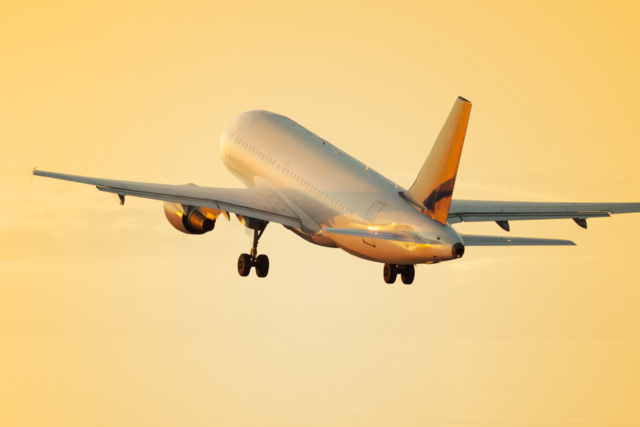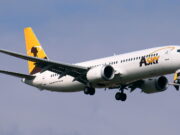
Airports and Airlines saw IT spend increase year on year into 2023, reaching an estimated 10.8 billion USD and 34.5 billion USD respectively, with over two-thirds ofairport and airline CIOs expecting continued growth into 2024, SITA’s 2023 Air Transport IT Insights report has revealed.
The report notes that airlines and airports have made strides in optimizing the passenger experience, with over half having implemented IT to improve efficiency across check-in, bag tag, and boarding in 2023. Biometrics are becoming commonplace to help curb congestion, with 70% of airlines expecting to have biometric ID management in place by 2026, and 90% of airports investing in major programs or R&D in this area.
CIOs are now looking to supplement passenger processing advancements with innovative solutions on the operations side. To boost efficiency, protect operations against disruption, and streamline processes for both passengers and staff, CIOs are embracing IT solutions for business intelligence (BI), artificial intelligence, and data sharing.
BI is the biggest area of technology investment for airlines in the coming three years, with 73% investing in major programs. Nearly two-thirds of airports and airlines collect and integrate data, and with the rise of generative artificial intelligence (AI), they are now looking to AI and machine learning to leverage this data and generate insights. With most citing the “use of data to improve operational efficiency” as at least somewhat of a business challenge, it makes sense that 97% of airlines and 82% of airports are investing in AI by 2026.
David Lavorel, CEO of SITA, said: “As we approach a full recovery of passenger demand for air travel, with domestic travel even surpassing pre-pandemic levels in some regions, airlines and airports have learned from the congestion and disruptions seen in the past two years. Advanced data sharing and analytics tools will allow them to unite stakeholders and identify opportunities for greater efficiency and leaner operations. Solutions like total airport management and BI for passenger processing provide airports and airlines real-time insight into the management of assets and passenger flow, allowing for agile, collaborative responses to any disruptions.”
Smart IT to improve sustainability
Sustainability is also high on the agenda, with industry milestones for carbon reduction as well as regulations on emissions coming into view. CIOs are setting their sights on technology solutions that can deliver concrete emissions reductions.
By 2026, over 90% of airlines plan to have IT in place to boost the efficiency of flight operations and aircraft turnaround. More than half have implemented IT to optimize both aircraft taxiing and the takeoff/landing and cruise phases of flights, with nearly all expecting to have this in place by 2026.
On the airport side, building and energy management systems are a key priority for offering a unified view of emissions and opportunities to reduce them. Investment in energy management systems* is expected to grow the most of any airport sustainability initiative, with over half of airports planning this by 2026.
“With industry ambitions to achieve net-zero CO2 emissions by 2050 in mind, airlines and airports are taking necessary steps towards reducing their carbon footprint, adopting digital tools for accurate monitoring and optimization of energy consumption and emissions,” Lavorel added.
The SITA 2023 Air Transport IT Insights research was conducted from August to November 2023. It represents the views of over 250 senior airline and airport executives, covering a quarter of global passenger traffic.




























